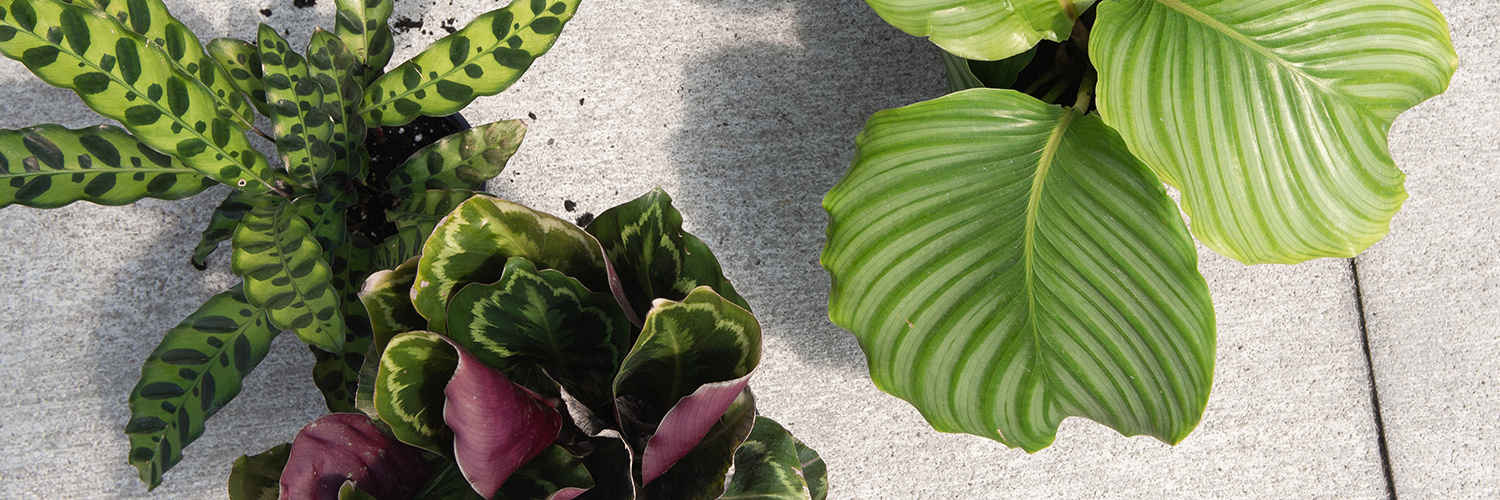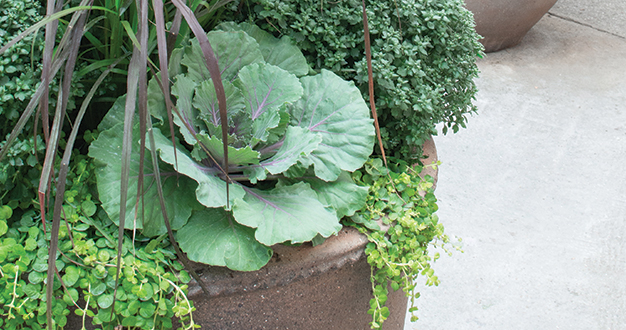
For many plant owners, the perfect houseplant is one that asks for very little – no special light, no careful trimming, hardly any water. But, what if you feel a little differently about plant care? Maybe tending your houseplants is a welcomed diversion – and the more you interact with them, the happier you are. Maybe a plant that never changes bores you. Or maybe you’ve even lost a plant or two – a cactus, perhaps? – because you just really love to water things. We get it – we like fussing over plants too. So instead of a list of “plants you can ignore,” we’re offering you a list of “plants who need your love.” Whether they need consistent water, produce lots of babies to propagate, or require special guidance as they grow, these plants truly appreciate an attentive parent like you.
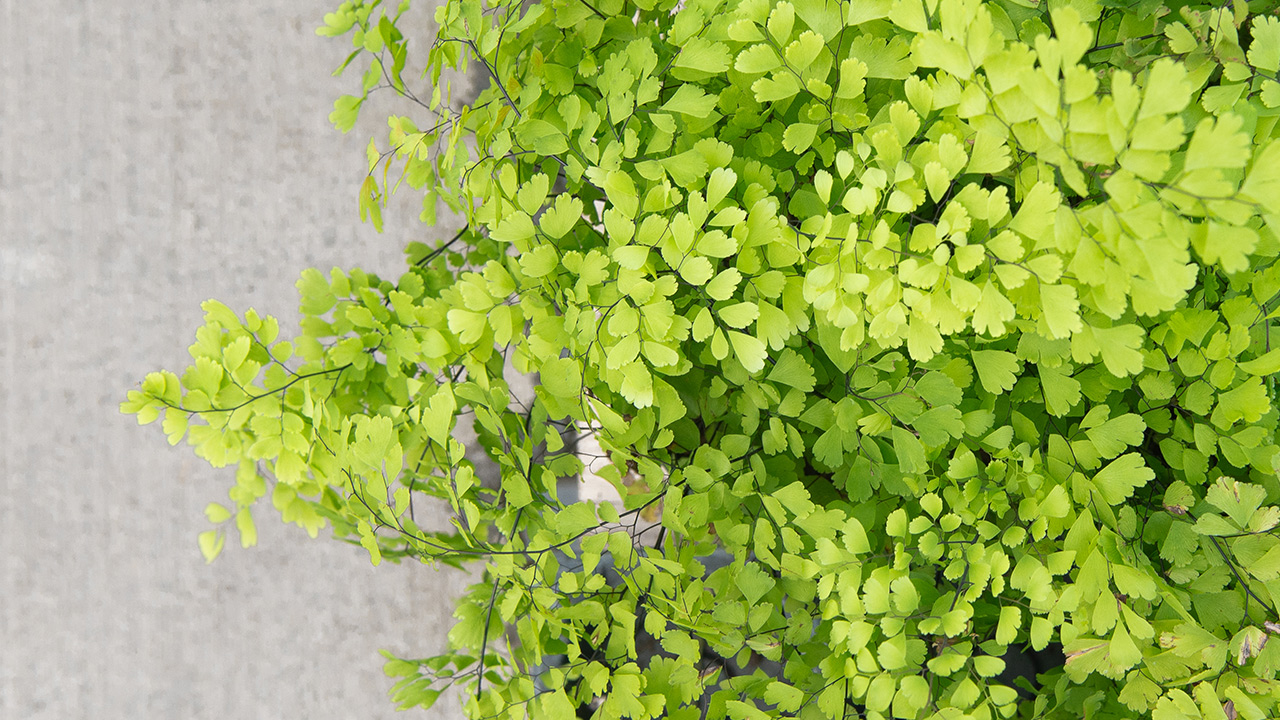
Maidenhair Fern
Most houseplants like to have their soil dry just a bit before each watering – maidenhair fern is not one of them. Consistent, never-failing soil moisture – along with just the right light and a little added humidity in the air – is key to happiness for this beauty. If you don’t balk at high-maintenance relationships with houseplants, this fern will thrive under your abundant attention and reward you with arching strands of lovely, delicate foliage.
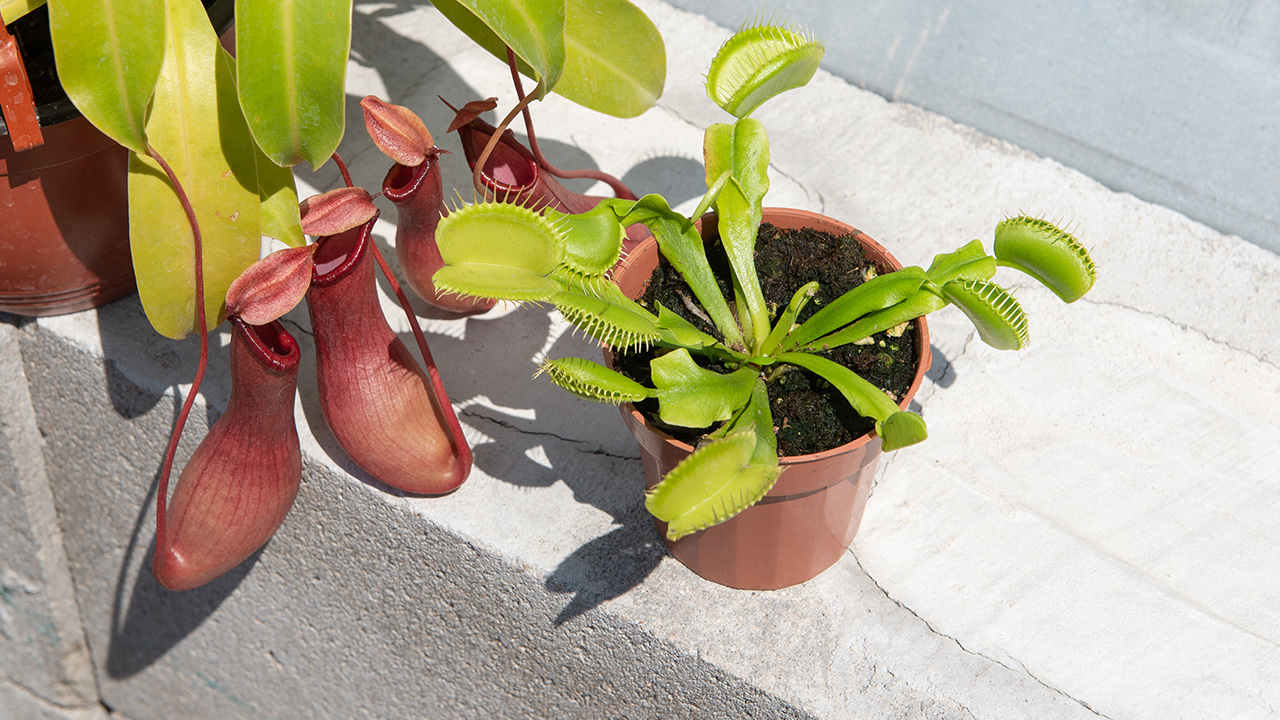
Pitcher Plant + Venus Fly Trap
Native to humid, boggy areas, pitcher plants and Venus fly traps are perfect for the plant owner who likes bizarre plants with special requirements. These carnivorous plants are adapted to nutrient-poor, but slightly acidic soils, so regular potting soil is too rich for them. They’d rather have something with a lot more peat. And, they need consistent moisture, but good drainage too, so if you love to water, they’ll love you too.
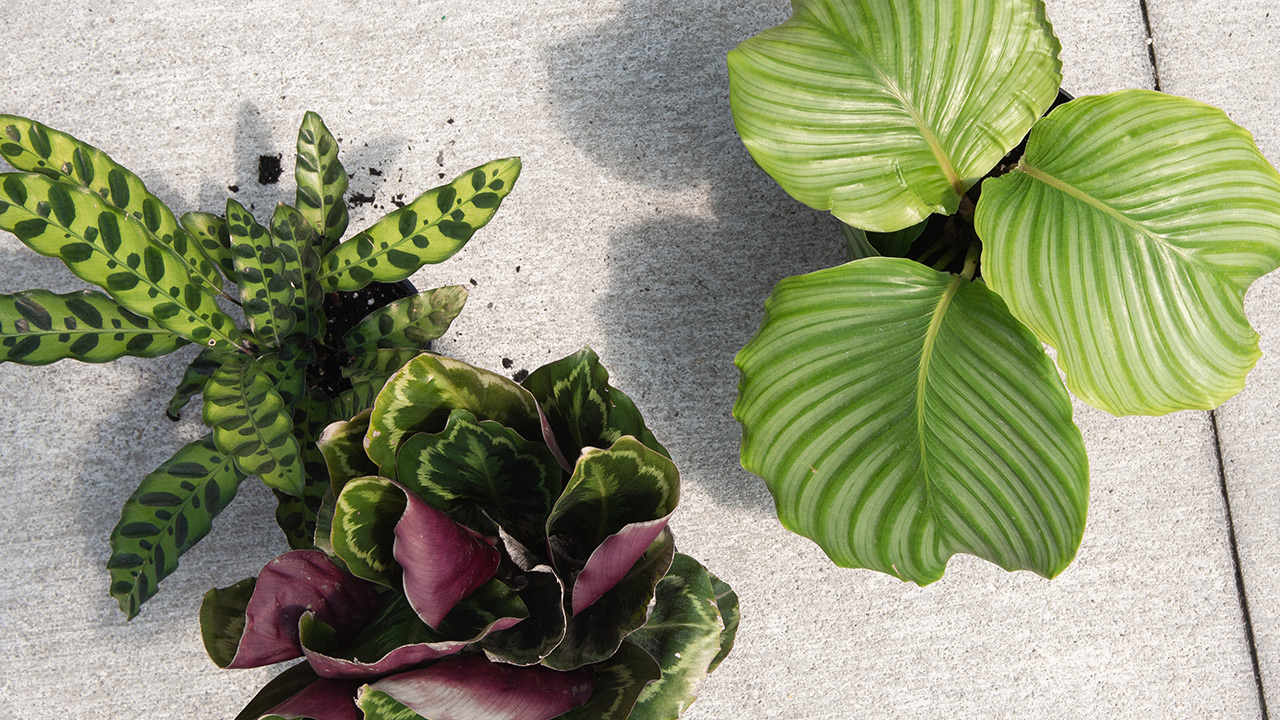
Calathea
Calatheas are another example of a plant that appreciates avid watering. Along with consistent moisture, they like good soil drainage, and some added humidity in the air – in drier homes, they may even need a cloche or a terrarium home to stay healthy. In return, calatheas provide beautiful foliage in a variety of stunning patterns – and some even move their leaves a little in response to changes in light, which is interesting to watch too.
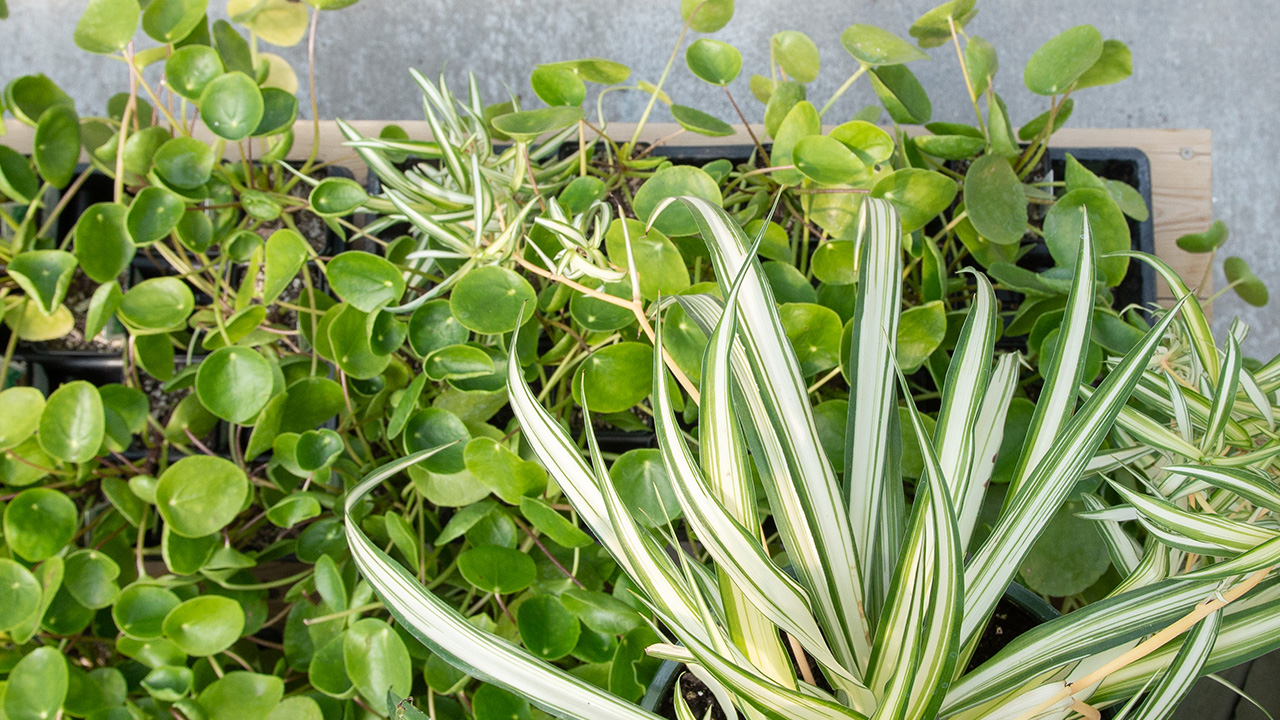
Pilea peperomioides + Spider Plant
Pilea peperomioides isn’t worried about consistent water, but it does do something that hands-on plant parents enjoy – it produces more baby pileas to care for. When a mini-pilea appears under the parent, dig a little under the soil to find the stem that joins the two plants. Simply cut the stem with a clean knife, transplant it to a new container with moist soil, and voila – another pilea to love on. In the same way, a spider plant gets its fascinating, draping form by producing little clones of itself on the ends of slender, arching stems. When you see a little root nub appear at the base of a plantlet, just cut the baby off the stem and set it in a pot of moistened soil – settled in just enough to keep it upright. In a couple weeks, it grows its own root system, and you have a new plant for your collection.
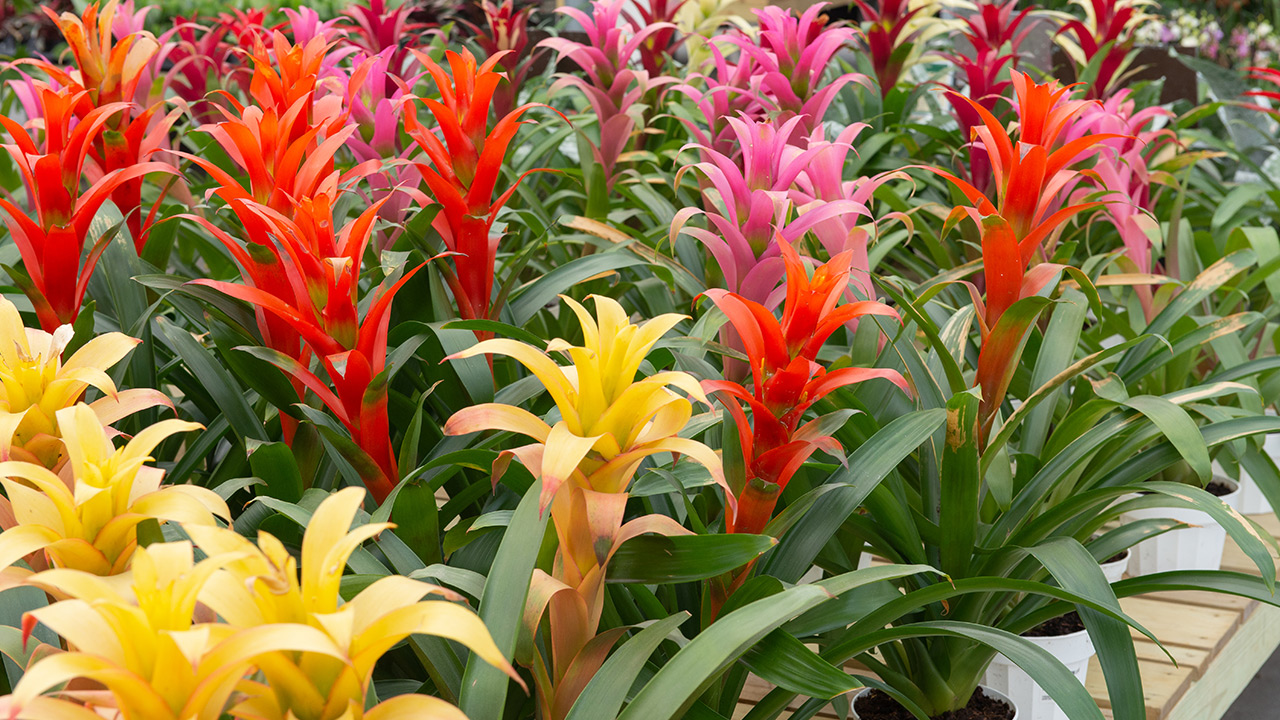
Bromeliad
If you’ve ever owned a bromeliad, you know how its shiny, strappy foliage and colorful floral bracts bring a tropical vibe to your home. The bracts – with the tiny true flowers protected inside – last for several months, but eventually the structure fades away. At this point, many people toss the plant and get a new one – but if you enjoy a good propagation challenge, a bromeliad is the plant for you. After the floral bract dies, the mother plant often produces a group of baby bromeliads – called “pups” – around the base. To transplant one of the pups, use a sharp knife to cut the stem connecting it to the mother plant, as far down as you can. Then, transplant the pup to a new container of moistened soil. It may take a couple of years for the young plant to produce its own flowering stalk, but if you’re into cultivating houseplants, it’s fun to watch the process and the wait is worth it.
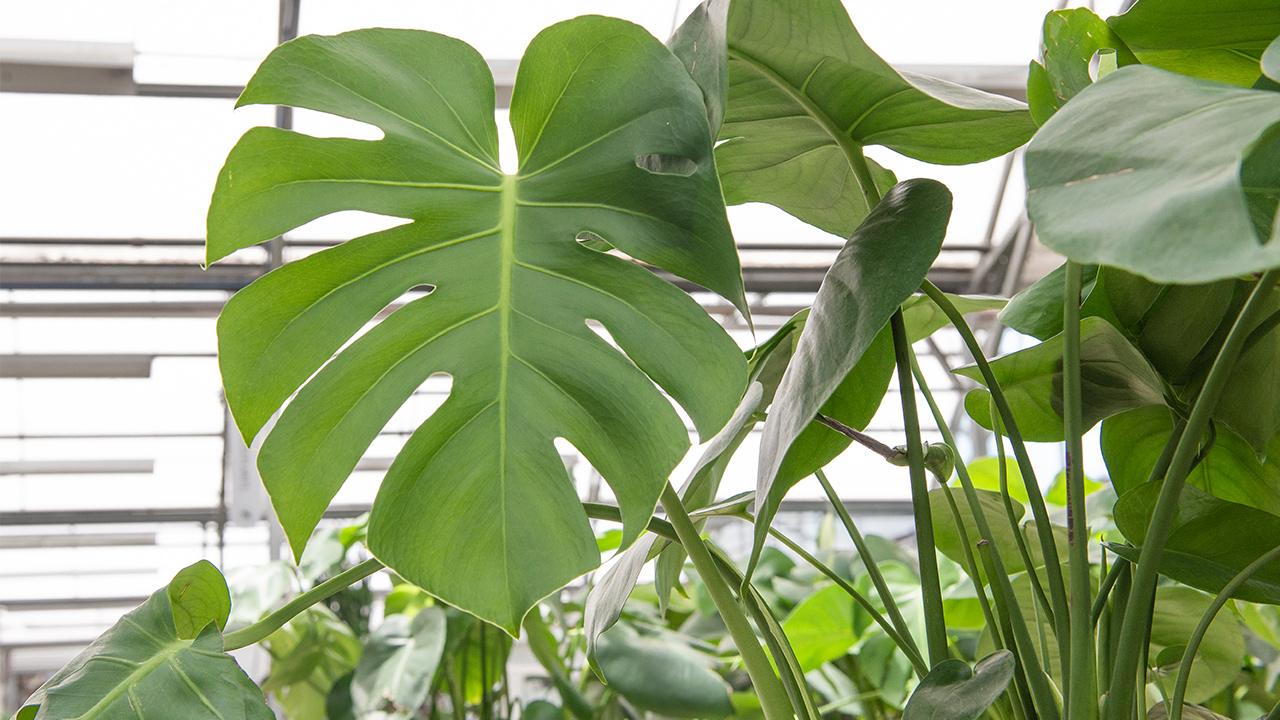
Monstera
Then there are the plants that – if left to their own devices – will grow in all sorts of fascinating ways, sometimes get into your business, and require a little extra guidance to remind them of their manners. Monstera deliciosa is the perfect example. In its native jungle setting, monstera uses its strong aerial roots to climb tall trees, reaching for the perfect amount of light. In your home, this means your monstera may start “exploring” your habitat too. A little strategic trimming and something sturdy to climb – like a moss-covered pole or a trellis – can redirect your monstera’s wandering habit. And as a bonus, you get the chance to engage with this handsome and charismatic plant.
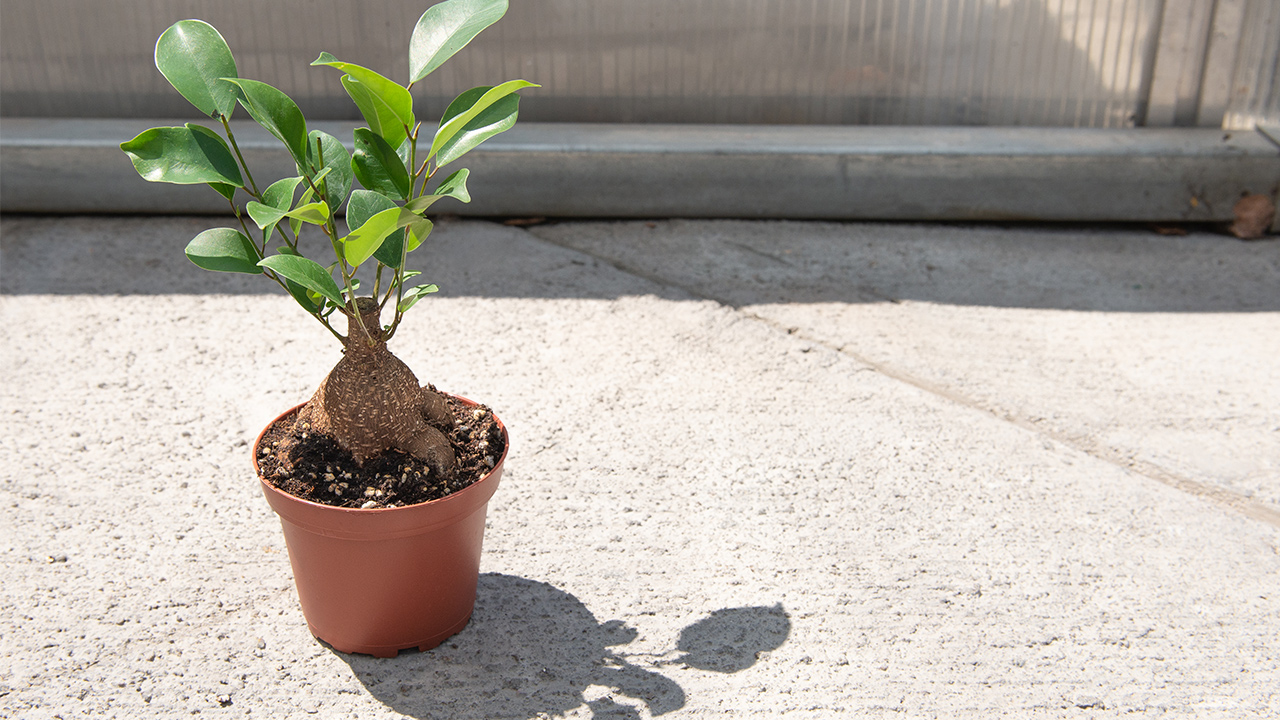
Bonsai
Bonsai is the practice of using specialized pruning techniques to train a small potted tree or shrub into an artistic shape while maintaining its miniature size. In addition to the detailed pinching and pruning needed to shape the bonsai, their small, shallow containers mean they require special soil, regular fertilizer, and a careful watering schedule too. For a person who loves to mess with houseplants, a bonsai can be the ultimate outlet for their obsession.
Love Caring for Plants? We Do Too.
If you’re undaunted – even delighted – by a houseplant that needs a little extra attention, come visit the greenhouse and talk to the team. Whether you love to trim, water, or propagate your plants, we’ve got one that’ll thrive under your “helicopter” approach to plant parenthood.

